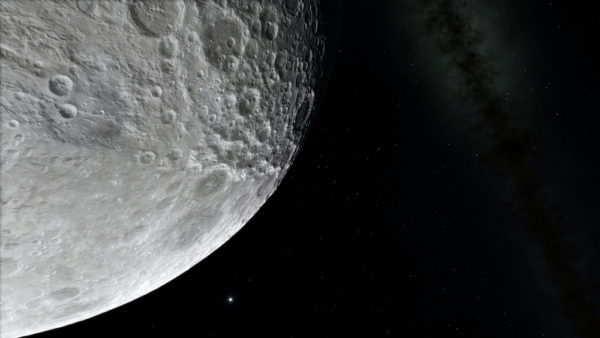One side of the moon is littered with far more craters than the other, and researchers finally know why: A massive asteroid that slammed into the moon around 4.3 billion years ago wreaked havoc in the moon’s mantle, according to a new study.
More than 9,000 visible craters pockmark the moon, thanks to barrage of impacts from meteors, asteroids and comets over billions of years, according to the International Astronomical Union. However, these craters are not evenly distributed across the lunar surface. The far side of the moon, which people never see from Earth because the moon is tidally locked (meaning that it takes the same amount of time for the moon to rotate and orbit Earth), has a considerably higher concentration of craters than the visible nearside.
The nearside of the moon has fewer pits because the surface is covered in lunar maria — vast stretches of solid lava that we can see with the naked eye on Earth as dark patches on the moon. These lava fields likely covered up the craters that would otherwise have marked the moon’s nearside. The far side of the moon has almost no lunar maria, which is why its craters are still visible.
“Writer Fuel” is a series of cool real-world stories that might inspire your little writer heart. Check out our Writer Fuel page on the LimFic blog for more inspiration.


